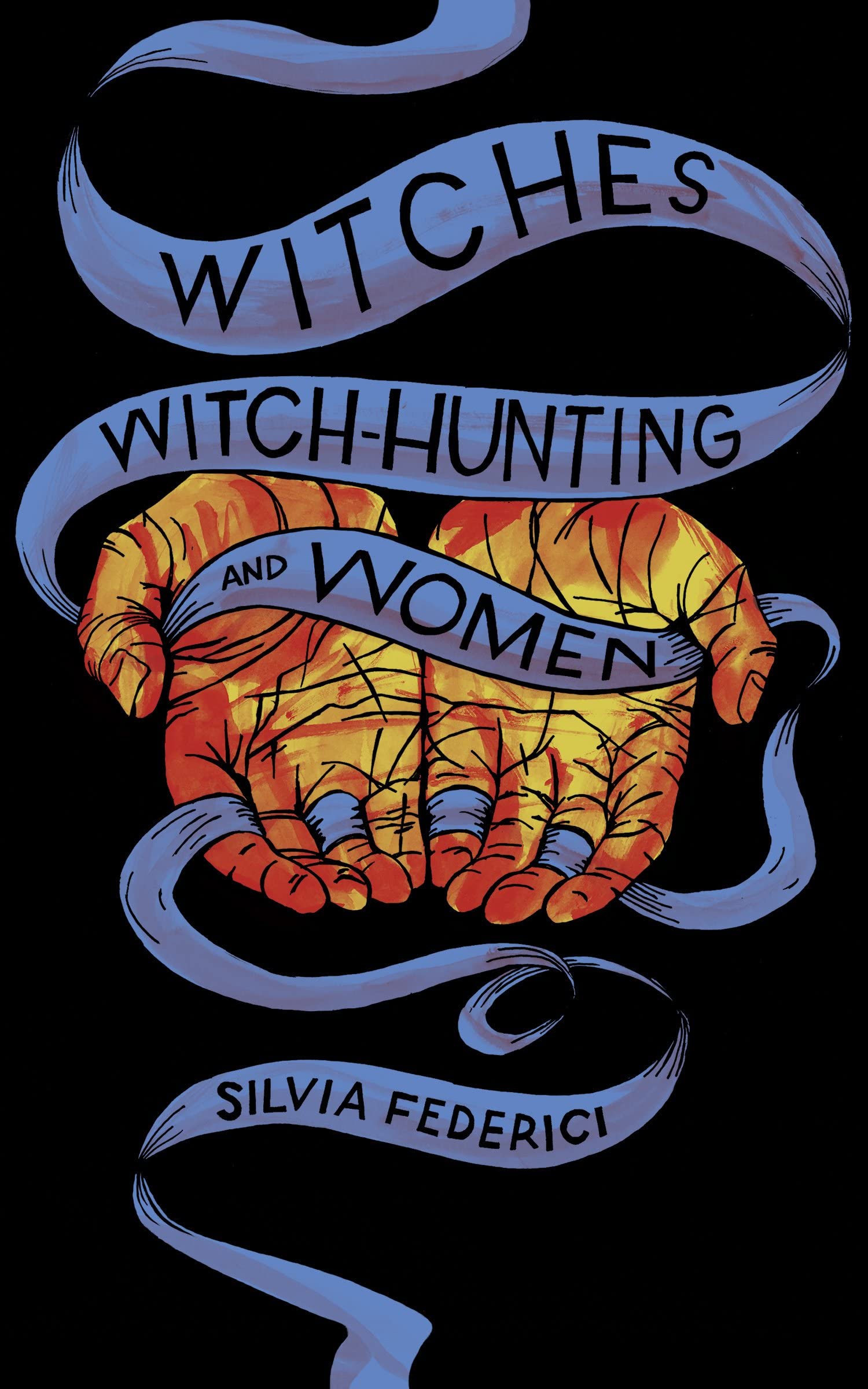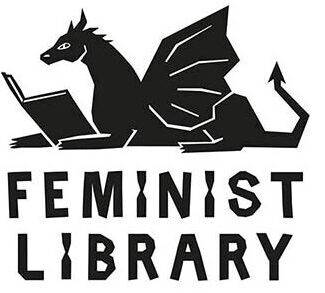Silvia Federici’s Witches, witch-hunting, and women; a book review

When critical of the colonisation of bodies, animals, land- all life- even when through an intersectional feminist approach, how these capitalist, extractive and exploitative subjectivities came to be are more often that not taken as history, rather than as historical. In this book, following her extensively documented Caliban and the Witch, Silvia Federici once again reminds us of the pertinence of tracing back masterful, colonising subjectivities back to the European nation-states, reminding us of how not so long ago they existed under communal relations with different modes of existence beyond the now imposed binary of man/woman, as exemplified by the figure witch- and its hunting. As in her previous work, she reiterates how gendered bodies were the main target of a persecution needed to seemingly erase different forms of being and consolidate the capitalist state. Following her previous ground-breaking thesis on primitive accumulation starting in the uterus, this book develops on how the regulation of women’s sexuality and reproductive capacity was a condition for the construction of more stringent forms of social control.
It is a brief yet concise, accessible book that highlights the urgent need for further research. Federici historicises and traces a brief genealogy of the removal of what Audre Lorde calls our “erotic power” and how central the witch-hunts are to its day-to-day dispossession today. She (re)connects the root causes of said dispossession to new forms of capital accumulation, land dispossession, the destruction of communitarian relations, and the intensification in the exploitation of gendered, and especially of racialised and gendered bodies and their labour. However, her thesis of how violence against women is rooted in structural violence that is constitutive of capitalist development and state power in all times has been stated from public figures ranging from Thomas Sankara to Maria Lugones and Sylvia Wynter. Whilst Federici includes a racial lens in her analysis, she states at the beginning of the book that she draws on latin American feminist theory without stating any specific names or acknowledging how closely tied latin American feminist traditions are to black feminism. However, this book review is not preoccupied with categorising feminisms, appreciative of the beauty in fluidity and sharing and cultivating collectively.
This book is not just about witches and not just about women. Through Federici’s analysis, we can trace further relations that showcase the close tie between the persecution of witches and capitalist development, explaining how said violence and subjectivities came to be, the same subjectivities that led to the appropriation of nature too. In this sense, the concept of “women” as a social construct is not naturalised and the subjugation of all nature is included, from water to animals to gendered and racialised peoples. This aids in deconstructing the term “women” as a monolith, which she sometimes seems to use as too broad of a category in her book. She ends by highlighting how we are “witnessing an escalation of violence against women, especially Afro-descendant and Native American women, because ‘globalization’ is a process of political recolonization intended to give capital uncontested control over the world’s natural wealth and human labor, and this cannot be achieved without attacking women, who are directly responsible for the reproduction of their communities”. I invite us all to critically read this short book and think collectively about what it means then to be anti-racist, anti-colonial feminists, fighting for the liberation of our bodies as intrinsic from the liberation of land.
